1982 d
Coin Collecting: The 1982-D Lincoln Penny
For coin collectors, the 1982-D Lincoln penny holds significant interest. This penny, minted in Denver, provides valuable insights into the history of U.S. currency. If you are starting as a numismatist or are an experienced collector, understanding the characteristics of the 1982-D penny is essential.
The Transition Year
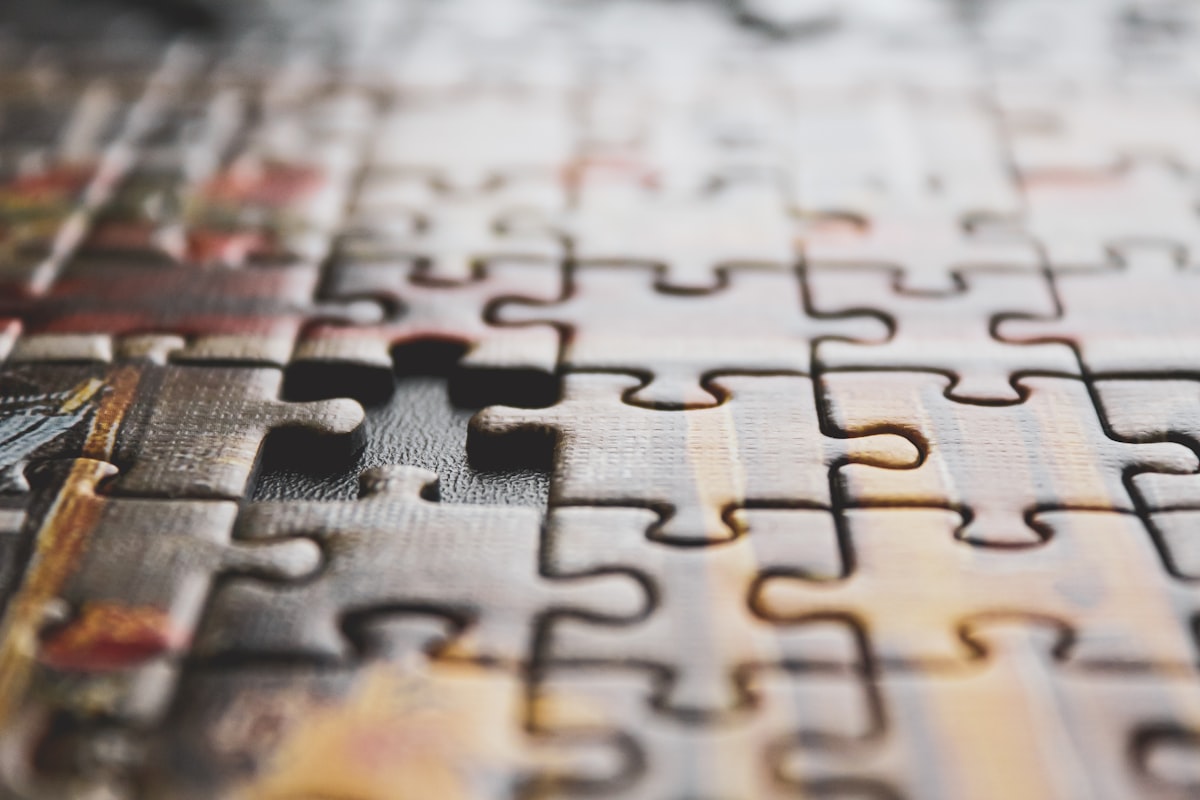
The year 1982 was pivotal for the Lincoln penny. U.S. Mint made a significant change from 95% copper composition to a mainly zinc composition with a thin copper coating. This switch was primarily due to the rising cost of copper. The issue, however, wasn’t straightforward. Throughout 1982, both copper and zinc pennies were produced. Different minting facilities, including Denver, created both versions, leading to multiple varieties within one year.
Distinguishing Features
There are seven recognized types of pennies from 1982. For the Denver mint, specifically, there are two. These are the 1982-D copper large date and the 1982-D zinc large date. The easiest way to differentiate them is by weight. Copper pennies weigh about 3.11 grams, whereas zinc ones are lighter at around 2.5 grams. A precise scale helps determine the composition without damaging the coin.
Large and Small Date Varieties
Distinctions between large and small date varieties stem from differences in the design of the numerals. For instance, the 2 in the large date is more squared compared to the slimmer and more rounded 2 in the small date. Denver mint only issued large date varieties in 1982.
The Denver Mint
Located in Denver, Colorado, the Denver Mint has been producing coins since 1906. Coins minted here bear a D mark, which is a key identifier. In 1982, the Denver Mint continued producing reliable currency, with changes mandated by cost efficiency. This transition marks a period where technological advancements in minting began to take hold, influencing penny production.
Value and Scarcity
From a collector’s standpoint, the value of a 1982-D penny varies. Well-preserved, uncirculated coins hold the most worth. Factors such as mint state and errors also contribute. Coins showing signs of minting errors, like doubling, can be highly desirable. While not typically worth thousands, pristine and rare error coins can attract significant interest.
Identifying Mint Errors
Errors on the 1982-D pennies add an intriguing element. Some of the common error types include:
- Double Die: When a coin is struck more than once, misalignment can cause doubling. Look for doubling on letters and numbers.
- Off-Center Strikes: Occurs when a coin is not centered correctly during the striking process, leading to a partially blank area.
- Die Cracks: Damage in the die can cause raised lines on the coin surface.
These errors can enhance the value significantly based on severity and visibility.
Metal Value Over Time
The shift from copper to zinc wasn’t just about cost-saving. Copper is a more volatile commodity, making consistent pricing challenging. Zinc, although less desirable over time for collectors, provided a stable alternative. The debates among collectors about the aesthetics and quality of zinc pennies versus copper ones continue.
Preservation Guidelines
Keeping the 1982-D pennies in good condition involves avoiding improper handling. Using cotton gloves when handling prevents oils from fingers from tarnishing the coin. Storing in a cool, dry place in protective holders reduces exposure to harmful elements.
The Lincoln Penny Legacy
Introduced in 1909, the Lincoln penny holds a long-standing tradition in U.S. currency. Its enduring appeal is tied to President Abraham Lincoln’s legacy and the consistent, recognizable design. The 1982-D penny represents a significant part of this continuum, symbolizing both historical and economic shifts.
Interesting Fact: 1982-D Small Date Copper Penny
A rare but verified version exists: the 1982-D small date copper penny. Initially thought not to exist, few examples have been discovered. These are particularly valuable due to their rarity. Weighing and close examination are essential to identifying genuine pieces.
Collecting Strategies
Assembling a complete set of 1982 pennies can be rewarding. Focus on obtaining both copper and zinc versions from different mints. Noting variations and potential errors offers a glimpse into the minting process of the era. Auctions, estate sales, and coin shows are excellent places to find these coins. Networking with other collectors can also lead to valuable discoveries.
Sourcing Authentic Coins
When sourcing 1982-D pennies, authenticity is crucial. Purchases from reputable dealers ensure coins are genuine. Beware of altered coins; some may be artificially aged or manipulated to appear more valuable. Professional grading services provide certification, offering peace of mind regarding authenticity and condition.
Market Trends
The market for 1982-D pennies fluctuates. Zinc pennies, due to their lesser desirability, see lower prices. However, high-grade copper pennies, especially with errors, remain highly sought after. Demand among collectors can cause spikes in values during certain periods.
Educational Resources
Numerous resources exist for learning about the 1982-D penny. Books, online forums, and dedicated numismatic websites offer detailed information. Engaging with the numismatic community is beneficial. Many experienced collectors are willing to share knowledge and advice.
The Future of Penny Collecting
Penny collecting, although facing challenges from rising material costs and changing minting practices, remains popular. The 1982-D penny, representing a key transitional moment, continues to capture collector interest. Studies on metal composition, minting errors, and the historical context provide rich material for enthusiasts.
Overall, the 1982-D Lincoln penny, a small yet fascinating component of numismatic history, offers insights into U.S. minting traditions and economic decisions. Collectors focusing on this penny can experience both the thrill of discovery and the satisfaction of preserving a piece of monetary legacy.
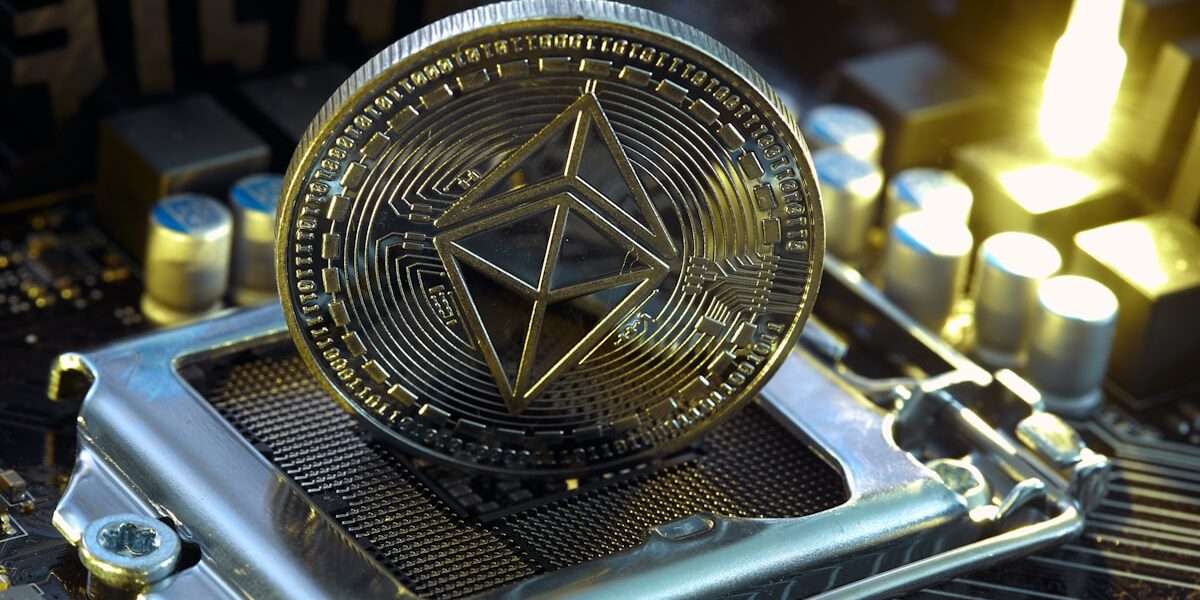
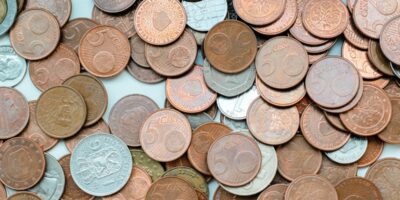
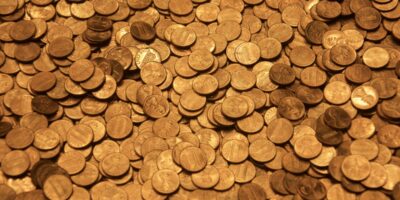
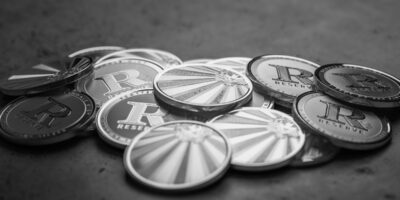
Subscribe for Updates
Get the latest articles delivered to your inbox.
We respect your privacy. Unsubscribe anytime.